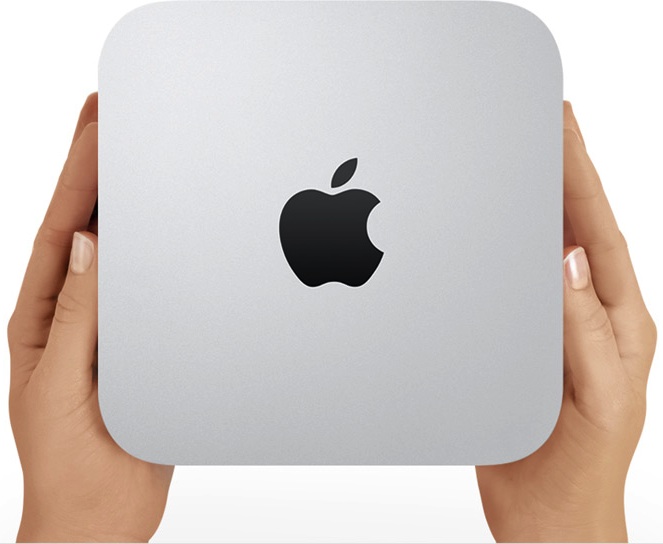Rumored 2016 Apple Mac Mini: this is why there will always be a desktop Mac

Let’s not be too hasty: there is indeed a realistic chance that we won’t get a Mac Mini refresh this year, aside from the typical specs upgrade, even in spite of the rumors of a Kaby Lake powered Mac Mini, with 5K supports(Apple 5K Display, anyone?). With that said, the buzz around the new Mac Mini, whether there will be one or not, has been consistent enough to suggest that consumers really want one.
The reasons is simpler than specs, design or hype: the Mac Mini is the cheapest Mac available, and the easiest to set up at home, at work, and with any display or HDMI-capable TVs.
As an entry level computer, the Mac Mini can be had for as low as $499. From its initial configuration, featuring a 14.GHz dual core Intel Core i5, 500GB HDD, 4GB or RAM, and Intel HD Graphics 5000 the Mac Mini can be upgraded to a 3.0GHz Intel Core i7, up to 8GB of RAM, and 1TB Fusion Drive.
Even at full specs, the Mac Mini is still cheaper than any MacBook, or iMac, although the cost of an external display must be factored in. Still, the ability to plug into any two displays, including TVs, makes it easier for owners of a Mac Mini to use it.
With that in mind, there are some obvious caveats posed by the limited graphic capabilities of the Mac Mini, in reference to resolution. The Mac Mini supports up to two displays, but the refresh rate and resolution allowed, varies wildly, depending on the type of display we want to use. For instance the Mac Mini can only drive a 60Hz display up to 1080p resolution. If we want to increase the resolution to 3840 x 2160, we’ll have to compromise on refresh rate, down to 30Hz. Support for 4096 x 2160 pixels resolution will require a further degradation of the refresh rate, down to 24Hz, which might result in more flickering especially when streaming video or playing games.
In consideration of the price tag, display support is a small compromise, compared to the convenience of having a small desktop Mac anywhere we want. This is precisely why it’s so important for Apple not to lose sight of the desktop market share, taking into account that as powerful as MacBooks can be, the iMac Retina 4K and 5K are evidence that consumers are still interested in a desk-bound option.
There are those who go as far as postulating the demise of the Mac Mini, in the form of Apple discontinuing the line, but according to common sense, it’s highly unlikely, especially due to the appeal of a unique form factor, coupled with the prospect of increasingly energy efficient and cooler hardware, and even the possibility of fanless technology in future CPUs powering the Mac Mini.